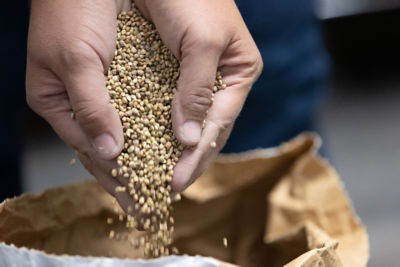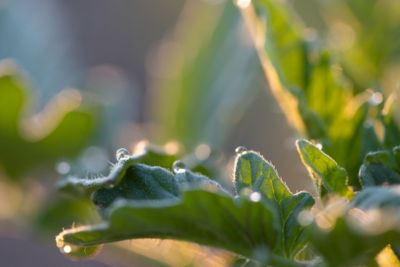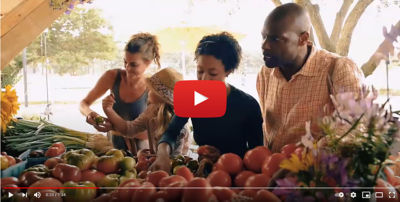Causal Agent
Soft Rot: Pectobacterium carotovorum subsp. carotovorum (synonym = Erwinia carotovora subsp. carotovora ), Pseudomonas spp. and several other bacteria.
Brown Spot: Pantoea ananas (synonym = Erwinia ananas )
Distribution
Worldwide
Symptoms
Soft rot manifests as a water-soaked area of the fruit, developing very quickly to complete softening and tissue collapse. Brown spot has been reported on cantaloupe and honeydew melon types. Lesions are typically smooth, firm and yellow-brown in color. Lesions may extend one to two millimeters into the epidermis, sometimes entering the cavity of the fruit. Symptoms are less conspicuous on netted types.
 An external wound on a honeydew melon (above), allowing Pectobacterium carotovorum subsp. carotovorum into the seed cavity where soft rot has developed (below). (Courtesy of Tom Isakeit)
An external wound on a honeydew melon (above), allowing Pectobacterium carotovorum subsp. carotovorum into the seed cavity where soft rot has developed (below). (Courtesy of Tom Isakeit)

Conditions for Development
Soft rot occurs most commonly under hot and wet or humid conditions. Other diseases or disorders (e.g. angular leaf spot, anthracnose, blossom-end rot) can predispose fruit to soft rot bacteria. Wounds created during harvest or packing can also be sites for soft rot to develop. Brown spot develops under similar conditions as bacterial soft rot.
Control
Avoid bruising, puncturing and other mechanical damage to fruit during harvest and packing. The use of chlorinated fruit dips or sprays in packing houses has been shown to lower incidence of soft rot. Store fruits at an appropriate temperature and relative humidity to prevent condensation on fruit surfaces.




